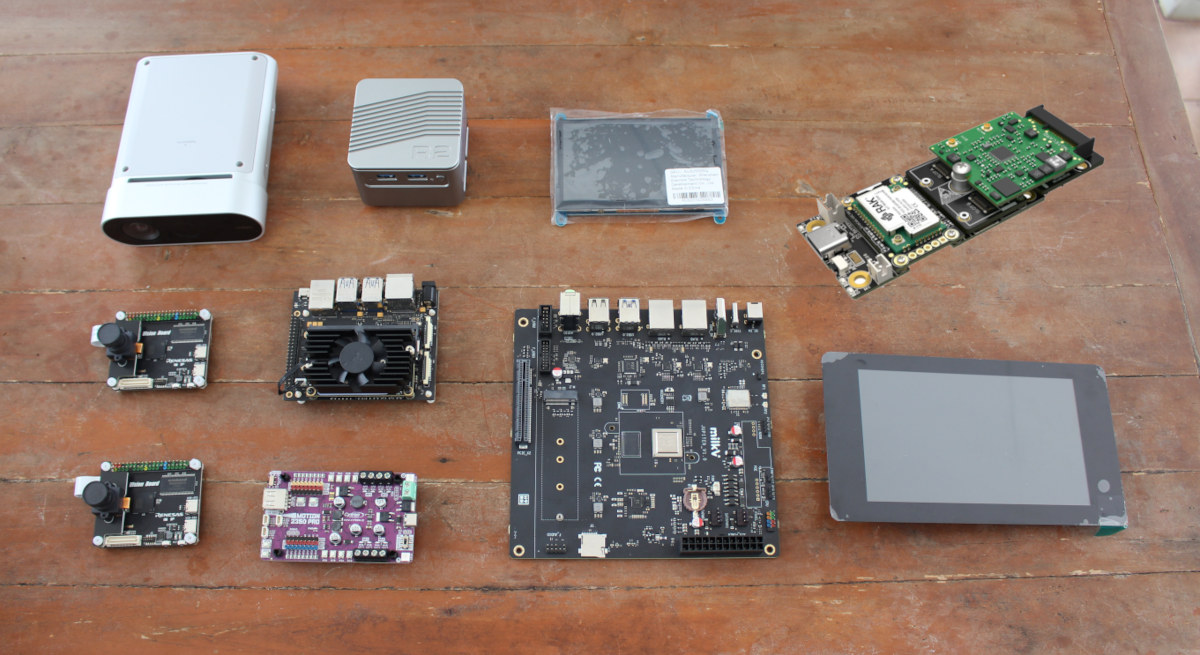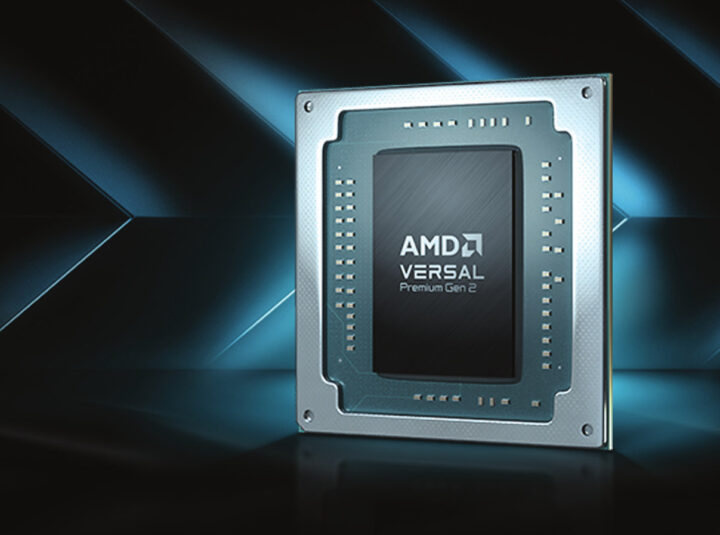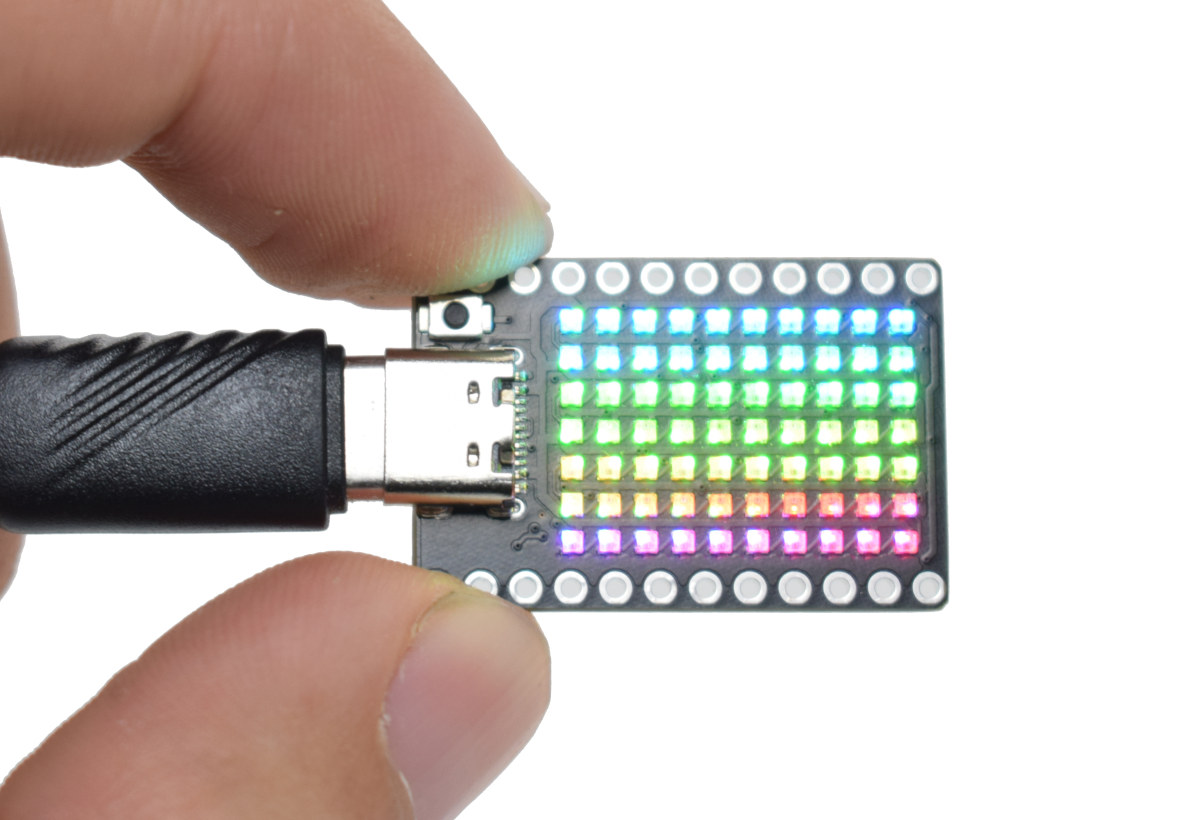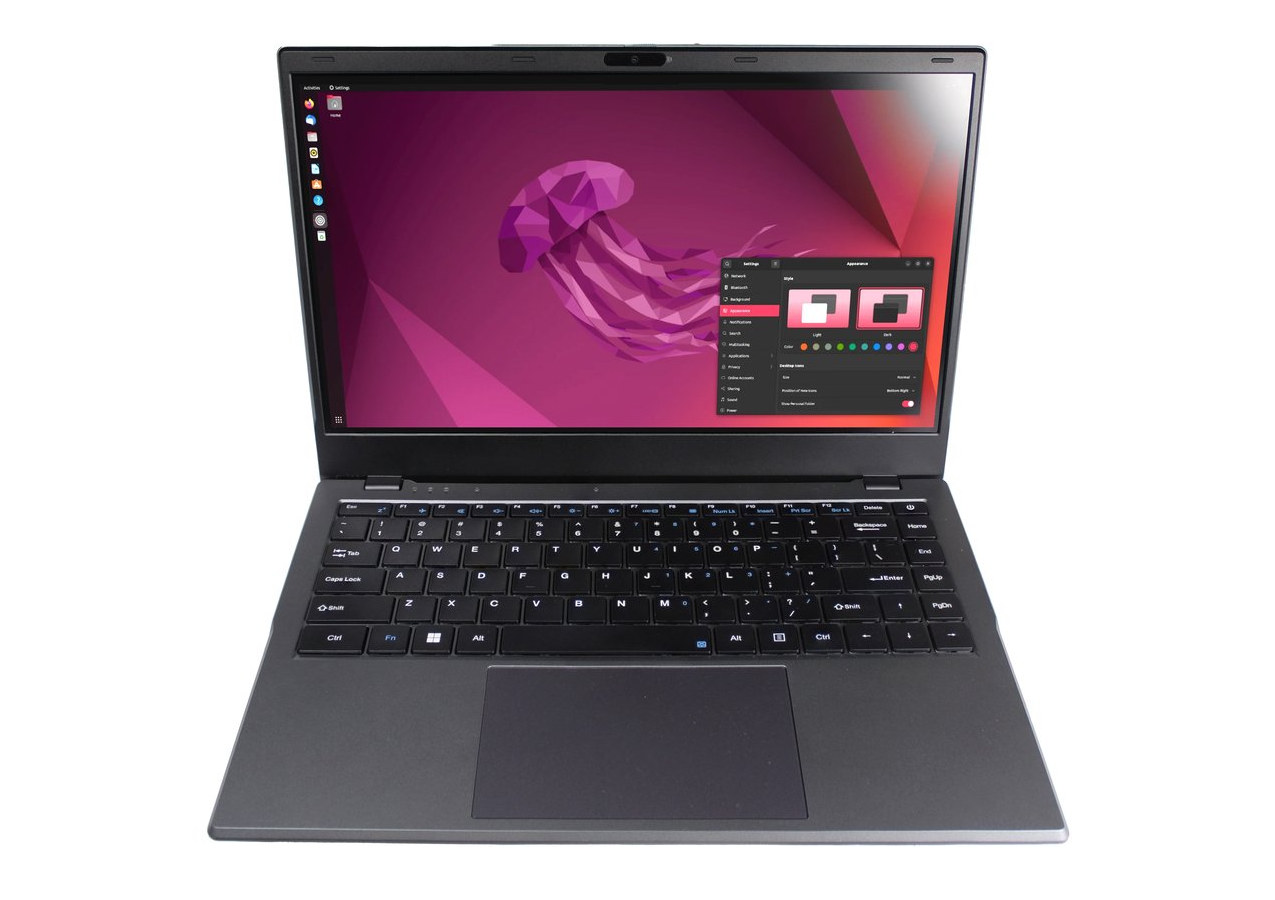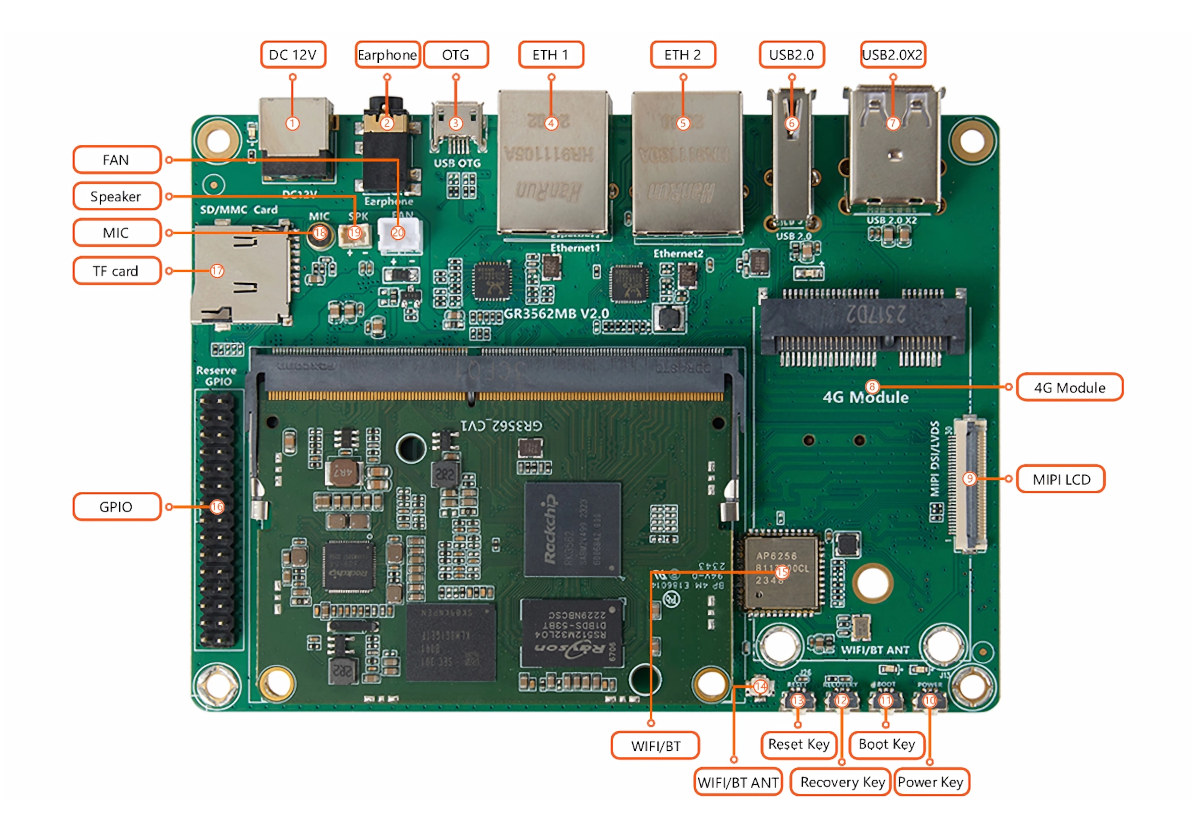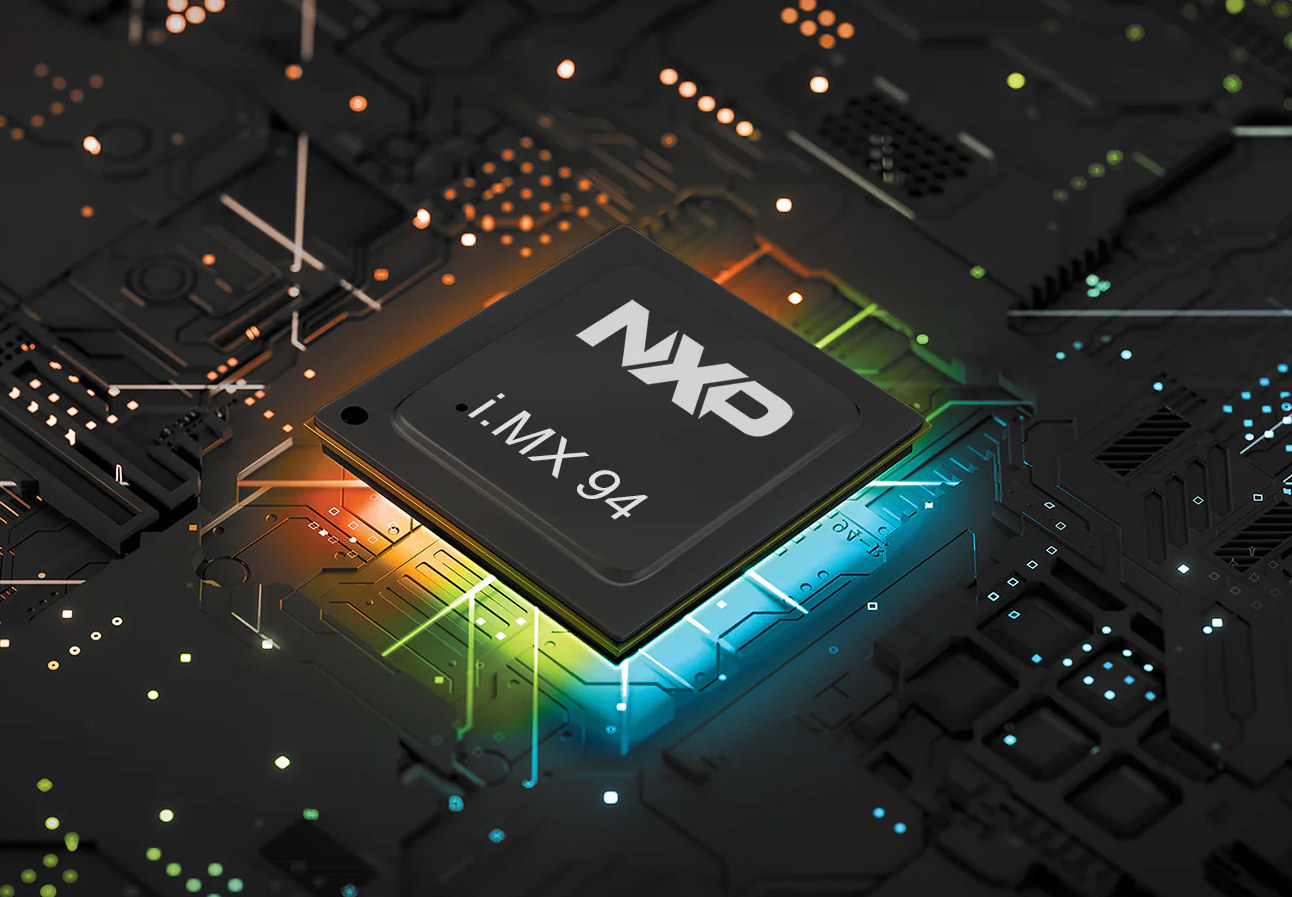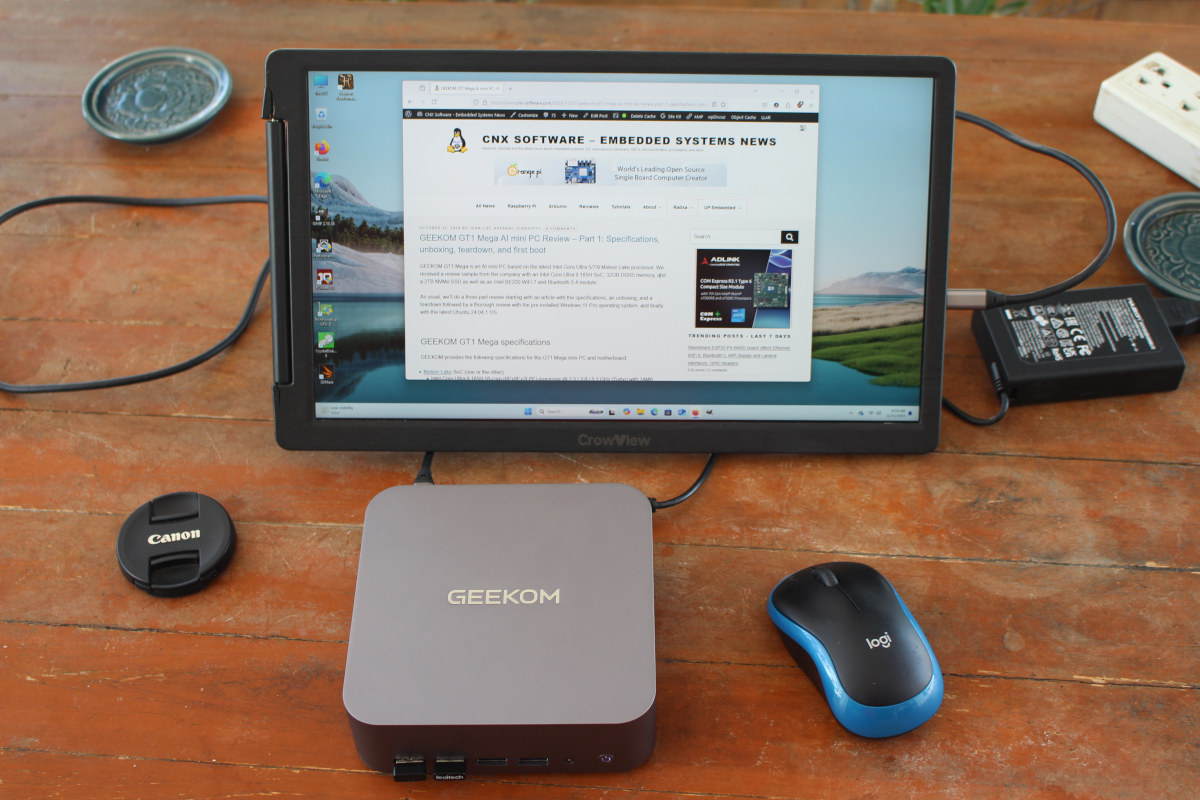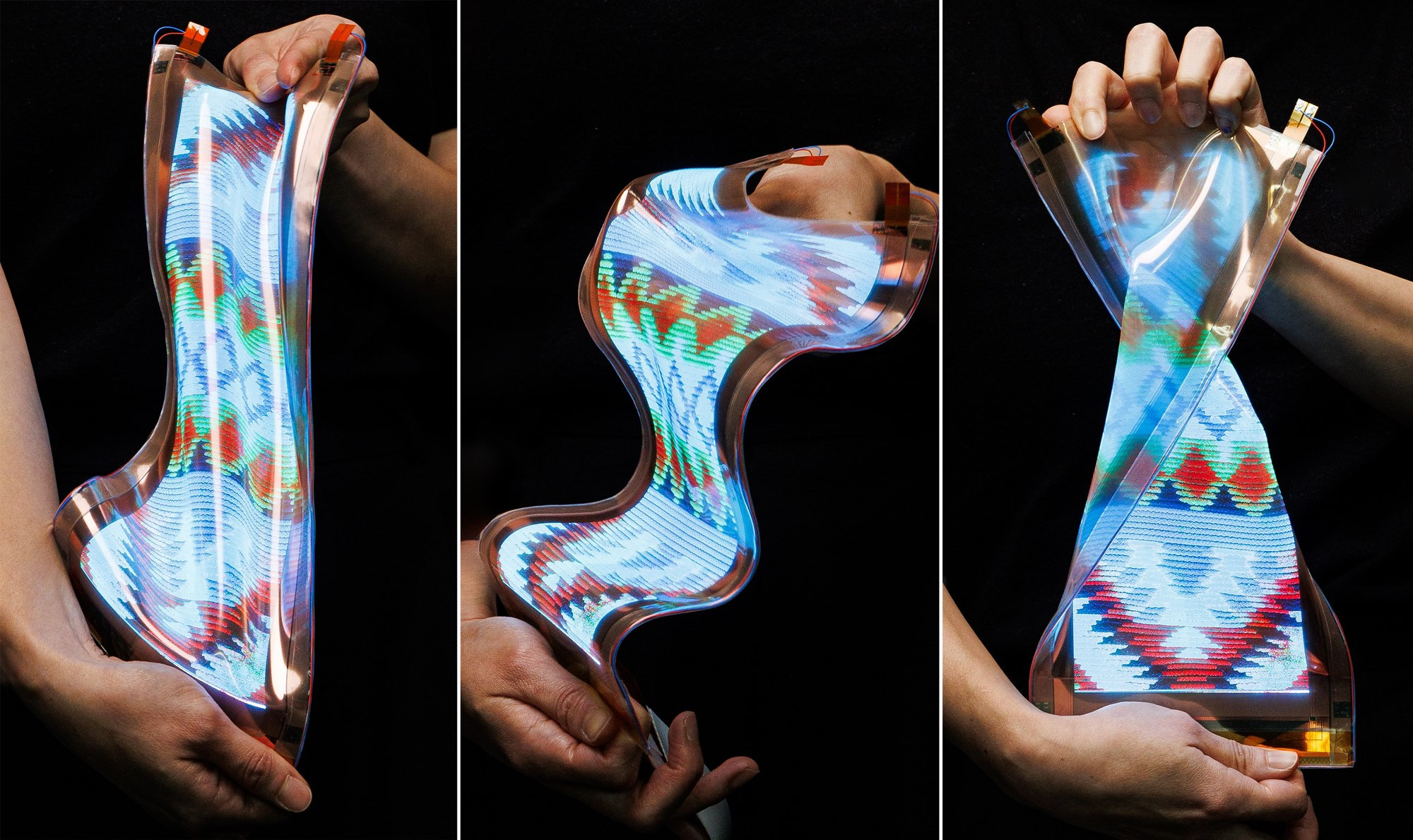We’re now ready to announce the winners of CNX Software’s Giveaway Week 2024. We offered some of the review samples we tested (and some we did not test) in the last year, and for the fourth year running, RAKwireless also gave away two IoT development kits shipped directly to winners. This year’s prizes also included a RISC-V motherboard, a 3D depth camera, a few Arm development boards, two touchscreen displays, and an Alder Lake-N mini PC/router. All those products can be seen in the photo, minus some accessories. You’ll find more than seven devices because we organized the third Giveaway Week on CNX Software Thailand simultaneously with four prizes. We had seven winners on CNX Software: Jupiter RISC-V mini-ITX motherboard – François-Denis, Canada Orbbec Femto mega 3D depth and 4K RGB camera – Reifu, Japan RAKwireless Blues.ONE LoRaWAN, LTE-M, and NB-IoT devkit – OldCrow, Portugal Mixtile Core 3588E development kit […]
AMD Versal Premium Gen2 SoC FPGA family features Arm Cortex-A72/R5F cores, high-end FPGA fabric, PCIe Gen6, CXL 3.1 interfaces
AMD Versal Premium Series Gen 2 SoC FPGA combines dual-core Cortex-A72 and dual-core Cortex-R5F processors with high-end FPGA fabric with up to 3.2 million logic cells and CXL 3.1 (Compute Express Link), PCIe Gen6, and DDR5/LPDDR5X high-bandwidth interfaces for data center, communication equipment, test & measurement, and aerospace & defense data-intensive applications. AMD Versal Premium Gen2 specifications: CPU cores Dual-core Arm Cortex-A72 application core, 48 KB/32 KB L1 Cache w/ parity & ECC; 1 MB L2 Cache w/ ECC Dual-core Arm Cortex R5F, 32 KB/32 KB L1 Cache, and 256 KB TCM w/ECC Memory – 256MB on-chip with ECC FPGA fabric System Logic Cells – Up to 3,273,480 LUTs – Up to 1,496,448 DSP Engines – Up to 7,616 Interfaces connected to CPU cores 2x Ethernet 2x UART, 2x SPI, 2x I2C 2x CAN-FD 1x USB 2.0 FPGA memory, interfaces, I/Os, and transceivers Up to 327 Mbit memory @ 273 […]
Nova open-source hardware Raspberry Pi RP2040 board features a 70 RGB LED matrix (Crowdfunding)
Vcc Labs’ Nova is a tiny, open-source hardware Raspberry Pi RP2040 development board with a USB-C port, a 70 (7×10) addressable RGB LED matrix, and two 12-pin GPIO headers for expansion. It can be used for wearables, mini-displays, interactive art, fun games, and more. Nova specifications: MCU – Raspberry Pi RP2040 dual-core Cortex-M0+ microcontroller @ up to 133 MHz with 264KB SRAM Storage – 2MB QSPI flash “Display” – 7×10 WS2812 addressable RGB LEDs, each measuring just 1x1mm USB – USB Type-C port for power, data, and programming Expansion – 2x 12-pin header with 20x GPIO, 2x SPI, 2x I2C, 2x UART, 4x ADC, Vin, 5V, 3.3V, and GND Misc – Reset and BOOT buttons Power Supply 5V via USB-C port 7V to 18V via Vin pin Power consumption – 9 Watts with all LEDs at full brightness Dimensions – 30.48 x 20.32 mm (PCB only) Weight – 4.76 grams […]
GenBook RK3588 modular Linux laptop features an octa-core Arm CPU module with 32GB RAM (Crowdfunding)
GenBook RK3588 is a modular Linux (and Android) laptop powered by a Rockchip RK3588 Arm system-on-module (SoM), and easily serviceable by the user who can add M.2 MVMe SSD storage, switch wireless module, and eventually update to a more powerful SoM, or even change the display. It looks very similar to the Cool Pi Arm Linux laptop, and it’s indeed made by the same company, but a representative told CNX Software that the GenBook RK3588 was an upgrade of the Cool Pi without further details. So let’s have a closer look. GenBook RK3588 laptop specifications: System-on-Module – GenM5 (same as Cool Pi CM5 except for the move from LPDDR4/4X to LPDDR5) SoC – Rockchip RK3588 octa-core processor with 4x CortexA76 cores, 4x CortexA55 cores Arm Mali-G610 MP4 GPU Video decoder – 8Kp60 H.265, VP9, AVS2, 8Kp30 H.264 AVC/MVC, 4Kp60 AV1, 1080p60 MPEG-2/-1, VC-1, VP8 Video encoder – 8Kp30 H.265/H.264 video […]
Graperain G3562 – A Rockchip RK3562 system-on-module and development board
Graperain G3562 is a Rockchip RK3562 quad-core Cortex-A53 system-on-module (SoM) with up to 8GB LPDDR4, up to 128GB eMMC flash suitable for Edge AI, IoT, automation, and consumer electronic applications. The company also provides the G3562 development board for the SoM with an M.2 socket for NVMe SSD, dual Ethernet, WiFi 5 and Bluetooth 5.0, and optional 4G LTE/3G cellular connectivity, plus a MIPI DSI/LVDS display connector, two MIPI CSI camera connectors, three USB 2.0 ports, audio interfaces, and expansion through a 30-pin GPIO header and UART connector. Graperain G3562 SoM GrapeRain G3562 specifications: SoC – Rockchip RK3562 CPU – Quad-core Arm Cortex-A53 quad-core @ 2.0 GHz GPU – Mali-G52-2EE with support for OpenGL ES 1.1/2.0/3.2, OpenCL 2.0, Vulkan 1.0/1.1 AI accelerator – 1 TOPS (INT8) NPU VPU Encoder – H.264 1920×1080 @ 60fps Decoder – H.265/VP9 4096×2304 @ 30fps; H.264 1920×1080 @ 60fps RAM – 2GB LPDDR4 by default […]
NXP i.MX 94 octa-core Cortex-A55/M33/M7 processor targets Edge AI industrial and automotive applications
NXP i.MX 94 is an octa-core Arm SoC with up to four Cortex-A55 application cores, two Arm Cortex-M33 real-time/functional safety cores, two Arm Cortex-M7 real-time/functional safety cores, and an NXP eIQ Neutron NPU designed for Edge AI industrial and automotive applications I initially thought it would be a cost-down version of the NXP i.MX 95, and while it shares many of the same features, it’s more an application-specific processor designed specifically for industrial and automotive applications, lacking a 3D GPU, camera input interfaces, a MIPI DSI display interface, and 10GbE networking, but increasing the number of real-time cores (at the cost of application cores) and adding several networking features such as an Ethernet time-sensitive networking (TSN) switch, 2.5GbE interface, an Ethercat controller, and support for industrial protocols like Profinet or OPC-UA FX. NXP i.MX 94 specifications: CPU Up to 4x Arm Cortex-A55 cores 2x Arm Corex-M7 cores, one for functional […]
GEEKOM GT1 Mega Review – Part 2: An Intel Core Ultra 9 185H Meteor Lake “AI” mini PC tested with Windows 11 Pro
I’ve already gone through the specifications, an unboxing, and a teardown of the GEEKOM GT1 Mega AI mini PC powered by an Intel Core Ultra 9 185H “Meteor Lake” processor with 32GB DDR5 RAM and a 2TB M.2 NVMe SSD in the first part of the review. I’ve now had more time to play with the GEEKOM GT1 Mega, so I will report my experience with Windows 11 Pro operating system in the second part of the review testing features, running benchmarks including an AI benchmark, evaluating networking and storage performance, testing the thermal design while under stress, and taking measurements for fan noise and power consumption. Software overview and features testing Going to the System->About window in the Settings confirms we have a GT1-Mega mini PC powered by a 2.50 GHz (base frequency) Intel Core Ultra 9 185H processor with 32GB of RAM running Windows 11 Pro 23H2 build […]
LG Display’s 12-inch stretchable screen can extend by up to 50%
A new category of devices – the stretchables – may soon be upon us, as after writing about Murata stretchable PCBs for medical applications a few days ago, I’ve now come across LG’s latest stretchable display that can be extended from its original 12-inch size up to 18 inches. It’s the second stretchable display showcased by the Korean company, as the first prototype was unveiled in 2022 with an elongation rate of just 20%. The new display extends that to 50% and delivers a high resolution of 100ppi (pixels per inch) and full red, green, and blue (RGB) color (probably at its original size). LG Display further explains that their engineers have applied a number of new technologies “such as improving the properties of a special silicon material substrate used in contact lenses and developing a new wiring design structure to improve the panel’s stretchability and flexibility”. Durability was also […]


